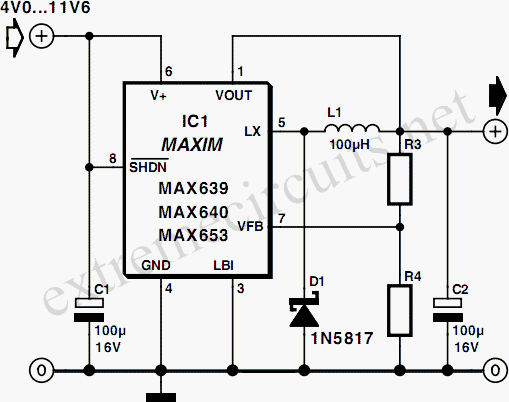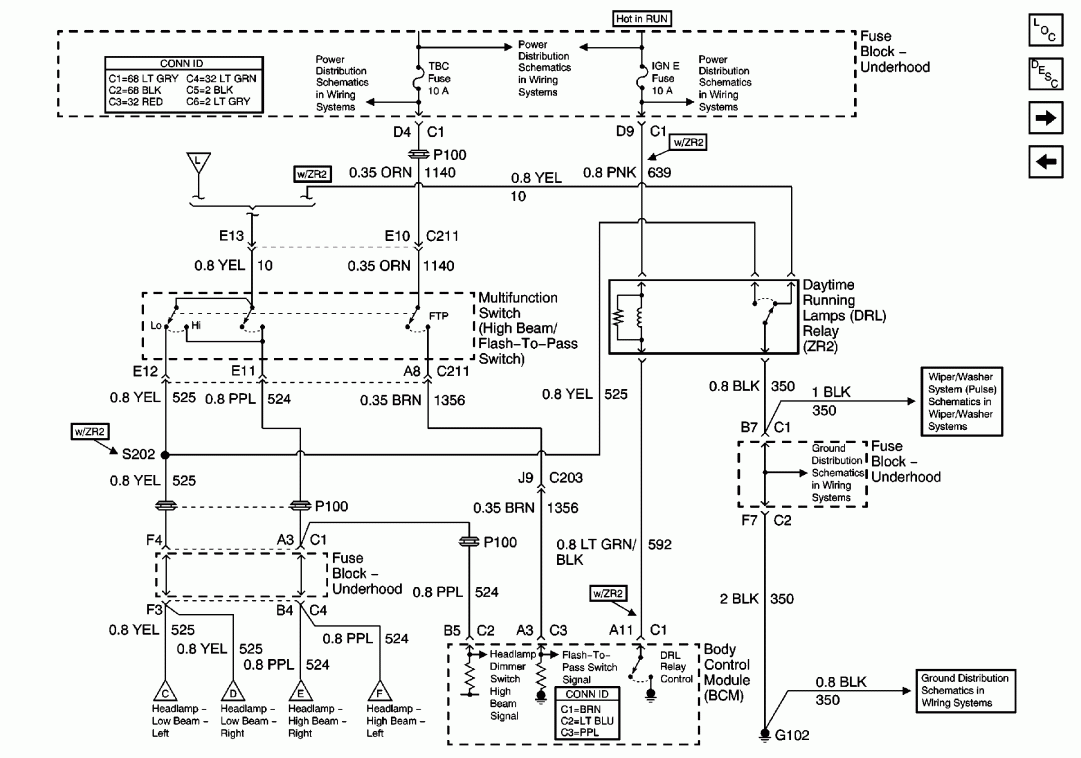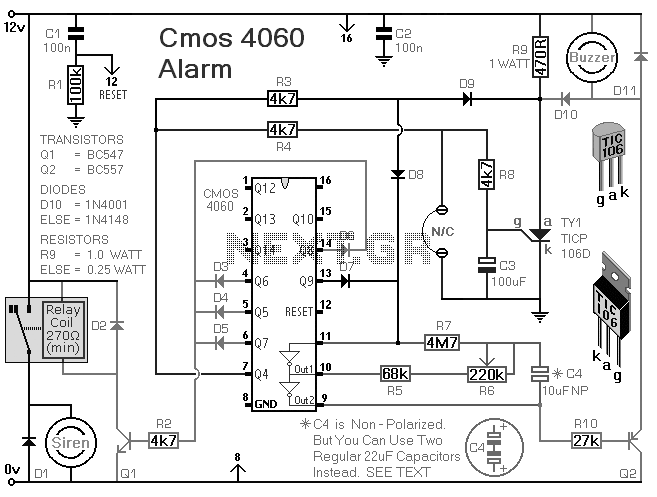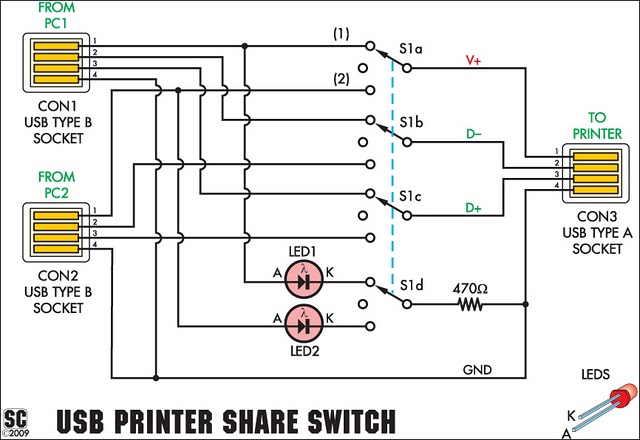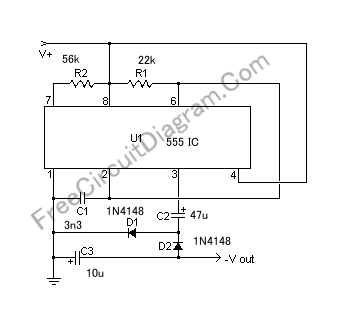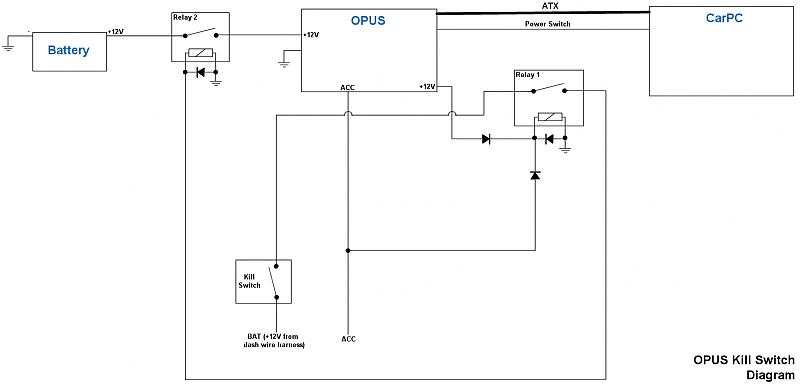
Pressure Switch Design With Semiconductor Pressure Sensors
Today's electronic designs focus on optimizing efficiency to minimize unnecessary power dissipation, aiming to maximize battery life in portable applications and ensure that devices operate as cool as possible. One of the challenges facing designers of synchronous buck PWM controllers is the proper selection of external MOSFETs. Many designers are unaware that improper MOSFET selection can lead to less than optimal efficiency, and this selection becomes increasingly important as the conversion ratio rises (increasing input-to-output voltage ratios). This application note first reviews the fundamentals of driving a MOSFET and then discusses the power losses associated with high-side and low-side MOSFETs. Efficiency versus load current data for a typical application circuit using the SP6133 synchronous buck PWM Controller is presented for several configurations of high-side and low-side MOSFETs, demonstrating the impact on efficiency for increasing conversion ratios.
In modern electronic circuit design, particularly in power management applications, the efficiency of synchronous buck PWM controllers has become paramount. The goal is to optimize power conversion while minimizing heat generation, which is critical for maintaining performance and extending the lifespan of portable devices. The selection of external MOSFETs is a crucial factor in achieving this efficiency.
When designing a synchronous buck converter, the choice of MOSFETs affects not only the switching losses but also the conduction losses. High-side and low-side MOSFETs each have unique characteristics that influence overall efficiency. High-side MOSFETs are responsible for connecting the input voltage to the output load during the on-state, while low-side MOSFETs connect the load to ground. The power losses in these devices can be attributed to various factors, including gate charge, drain-source on-resistance, and switching frequency.
As the conversion ratio increases, particularly in applications where the input voltage significantly exceeds the output voltage, the importance of selecting the right MOSFETs becomes even more pronounced. Higher input-to-output voltage ratios can exacerbate losses due to increased voltage stress on the MOSFETs and higher switching losses due to increased frequency operation.
The SP6133 synchronous buck PWM Controller serves as an excellent reference for evaluating efficiency across different MOSFET configurations. By analyzing efficiency versus load current data, designers can observe how different combinations of high-side and low-side MOSFETs impact overall system performance. This data is crucial for making informed decisions about component selection, allowing for the optimization of power efficiency and thermal management in electronic designs. Ultimately, careful consideration of MOSFET selection can lead to significant improvements in the performance and reliability of synchronous buck converters.Today`s electronic designs are focusing more on optimizing efficiency in an attempt to minimize unnecessary power dissipation not only to maximize battery life in portable applications but to also assure that the application is running as cool as possible. One of the challenges facing today`s designers of synchronous buck PWM controllers is the proper selection of the external MOSFETs Many designers are unaware that improper MOSFET selection CAN result in less than optimum eff iciency and that proper selection becomes an even more prominent consideration as the conversion ratio increases (increasing input-to-output vol tage rat ios). This application note first reviews the fundamentals of driving a MOSFET and then discusses the high-side and low-side MOSFET power losses.
Efficiency versus load cur rent data for a typical appl icat ion ci rcui t using the SP6133 synchronous buck PWM Controller is then presented for several configurations of high-side and low-side MOSFETs to demonstrate the impact on efficiency for increasing conversion ratios. 🔗 External reference
In modern electronic circuit design, particularly in power management applications, the efficiency of synchronous buck PWM controllers has become paramount. The goal is to optimize power conversion while minimizing heat generation, which is critical for maintaining performance and extending the lifespan of portable devices. The selection of external MOSFETs is a crucial factor in achieving this efficiency.
When designing a synchronous buck converter, the choice of MOSFETs affects not only the switching losses but also the conduction losses. High-side and low-side MOSFETs each have unique characteristics that influence overall efficiency. High-side MOSFETs are responsible for connecting the input voltage to the output load during the on-state, while low-side MOSFETs connect the load to ground. The power losses in these devices can be attributed to various factors, including gate charge, drain-source on-resistance, and switching frequency.
As the conversion ratio increases, particularly in applications where the input voltage significantly exceeds the output voltage, the importance of selecting the right MOSFETs becomes even more pronounced. Higher input-to-output voltage ratios can exacerbate losses due to increased voltage stress on the MOSFETs and higher switching losses due to increased frequency operation.
The SP6133 synchronous buck PWM Controller serves as an excellent reference for evaluating efficiency across different MOSFET configurations. By analyzing efficiency versus load current data, designers can observe how different combinations of high-side and low-side MOSFETs impact overall system performance. This data is crucial for making informed decisions about component selection, allowing for the optimization of power efficiency and thermal management in electronic designs. Ultimately, careful consideration of MOSFET selection can lead to significant improvements in the performance and reliability of synchronous buck converters.Today`s electronic designs are focusing more on optimizing efficiency in an attempt to minimize unnecessary power dissipation not only to maximize battery life in portable applications but to also assure that the application is running as cool as possible. One of the challenges facing today`s designers of synchronous buck PWM controllers is the proper selection of the external MOSFETs Many designers are unaware that improper MOSFET selection CAN result in less than optimum eff iciency and that proper selection becomes an even more prominent consideration as the conversion ratio increases (increasing input-to-output vol tage rat ios). This application note first reviews the fundamentals of driving a MOSFET and then discusses the high-side and low-side MOSFET power losses.
Efficiency versus load cur rent data for a typical appl icat ion ci rcui t using the SP6133 synchronous buck PWM Controller is then presented for several configurations of high-side and low-side MOSFETs to demonstrate the impact on efficiency for increasing conversion ratios. 🔗 External reference
